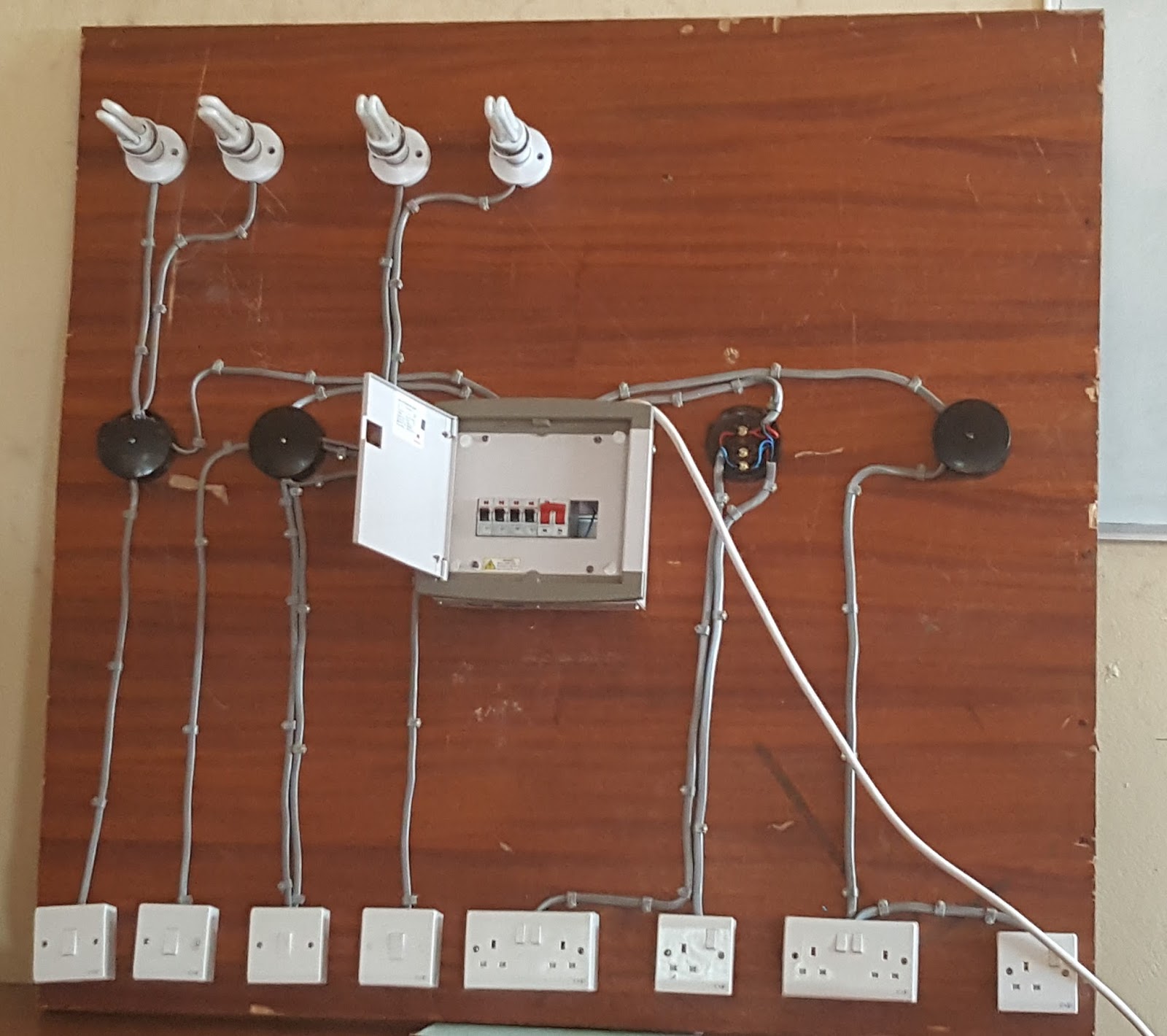
silicone tape (to bind ends of cloth covered wire to prevent fraying, available here),.a fine pair of fabric scissors (for snipping off the end of the cloth braid),.a pair of scissors capable of cutting through soft plastic (for cutting strips of silicone tape and the outer plastic of a jacketed cord),.a screwdriver (flat head or Phillips head depending on the screws in the plug you are working with),.A few simple tools are necessary to complete this process.If you have any questions about the safety of what you are doing, please contact an electrician rather than doing the job yourself. Turn off the circuit breaker, remove the fuse, or unplug the device before starting. VERY IMPORTANT: Make sure any electrical device being worked on is not connected to electricity.With a non-polarized plug, you can wire either wire to either prong. The hot prong will be narrower and usually gold colored. A polarized plug will have one prong wider than the other, which is the neutral, and usually silver-colored prong. Therefore, it is important to follow the instructions for the hot and neutral wires carefully. When wired incorrectly, the threads or any conductive metal touching the threads - including the outside of the socket or the threads of a light bulb - can give you a shock whether the switch is on or off. When wired properly, the metal threads will never be hot to the touch or give you a shock, whether the switch is on or off. For example, if your plug is on the other end of the wire from a socket, the chance of getting a shock when handling the socket – especially while changing the bulb - is higher if you do not connect the hot and neutral wires correctly on both ends.Įlectricity creates a circuit through the bulb by running through the metal tab at the bottom of the socket, where the bulb sits, through the bulb, and through the metal threads where the bulb is screwed in. However, if your plug is on the other end of a wire from a socket or other electrical item, in order for the hot and neutral wiring to operate in a way that protects you, you must wire the plug correctly with regard to hot and neutral. You can attach the wires to a plug without paying attention to hot and neutral, and your plug will operate without anything seeming wrong. Some Background Information Before Starting: Why It’s Important to Connect Hot and Neutral Wires Correctly


All About Our Lamp Parts, Pendants, and Cord SetsĪll About Our Lamp Parts, Pendants, and Cord Sets.Ordering, Shipping, Returns, Privacy Arrow Right Icon.Screw-Top Strain Reliefs for 16- and 18-Gauge Twisted Pair Wire Only.Collar Strain Reliefs - for Overbraid and 18-Gauge Pulley Cords Only.Porcelain Flush-Mount Sign Receptacle Sockets.Vintage Edison Style Bulbs, Incandescent.


 0 kommentar(er)
0 kommentar(er)
